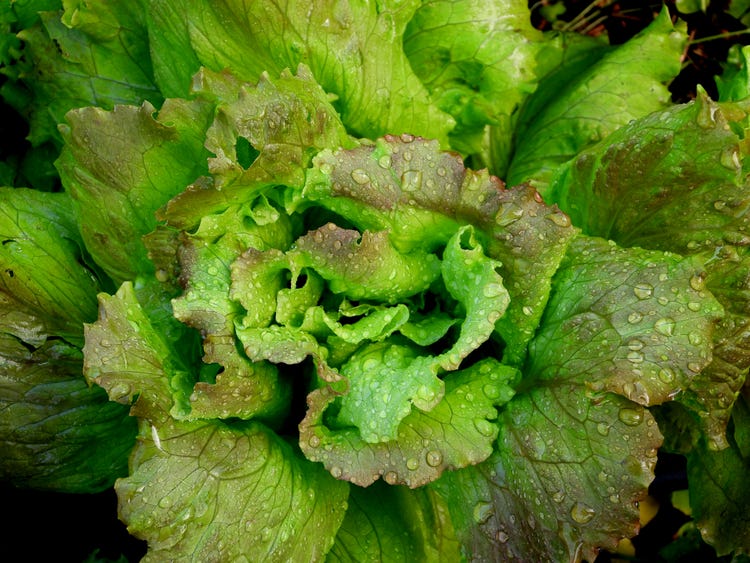News Flash: Romaine Lettuce, Genetically Altered Babies and More Health News

Every week, we’re bringing you a roundup of the latest health and wellness news to hit the wire. This week, updates on which romaine lettuce is safe to eat, the controversy over the first genetically edited babies, and more proof that you can be both fit and fat.
Most romaine lettuce OK to eat
If you’re missing your Caesar salads, there’s a bit of good news this week. The Centers for Disease Control and Prevention has isolated the source of the E. coli outbreak from romaine lettuce to the Central Coast region of California and says that all other romaine is safe to eat, according to NPR.
A total of 43 people in 12 states were sickened in the outbreak, with no deaths reported.
The CDC advises checking the bags or boxes of romaine for the label indicating where it was harvested. If it was grown anywhere outside of Northern and Central California, it is not associated with the outbreak. (Romaine from Southern California locations such as Imperial County and Riverside County are safe, as are bags of greenhouse or hydroponically grown romaine.)
If you can’t find the label or aren’t sure where it was grown, exercise caution and throw it out.
First genetically altered babies
Controversy is swirling over a Chinese scientist’s claims that he has created the world’s first genetically edited babies.
He Jiankui, Ph.D., announced this week that he used the gene-editing technique Crispr to alter embryos to make them resistant to HIV, the virus that causes AIDS, and then implanted them in the womb of a woman who gave birth to twin girls this month.
Many scientists called the action irresponsible and unethical, The New York Times says, because of the questions that still remain about the safety of altering human DNA and the need for transparency so the technology isn’t misused to try to design babies with certain physical features or skills.
It is against the law in the United States and other countries to deliberately alter human embryos but not in China. He did not inform Chinese regulators, his university or the scientific community at large of his research until the babies were born.
He used the editing technique to disable a gene that creates a protein that makes it possible for HIV to infect people’s cells. (The father of the girls carried the HIV virus.) However, only one of the two twins successfully had both copies of the HIV-enabling gene edited out.
Responding to the backlash at a conference in Hong Kong, He said that the parents of the twin girls were informed of the risks involved and knew what was being done to their embryos.
Still, there was some concern about how He obtained consent from the parents, and the Associated Press reported that he misrepresented his work as conventional in vitro fertilization work to some of his medical staff.
While both babies were born “normally and healthy,” He said at the conference, other scientists questioned how healthy the girls might turn out to be. Earlier efforts at gene editing in a laboratory dish resulted in unintended mutations in other genes. And these genes could be passed on to future generations.
Workout benefits show up before the weight comes off
If you’re logging time at the gym and the weight is taking a long time to come off, take heart. Remind yourself that it’s still doing your body a lot of good.
New research from the University of Texas Southwestern Medical Center summarized in this post from Runner’s World showed that obese people who are fit (as measured by a treadmill test) had less body fat, more lean muscle mass and a lower resting pulse rate—a sign of more efficient heart function—than non-exercisers who were obese.
The lean muscle mass is particularly important, researchers say, because it can boost metabolism and regulate blood sugar spikes more effectively to decrease the risk of diabetes and heart conditions.
So look beyond the scale, and with every workout, just tell yourself you’re building a longer life.
Photo credit: Lulucmy, Unsplash